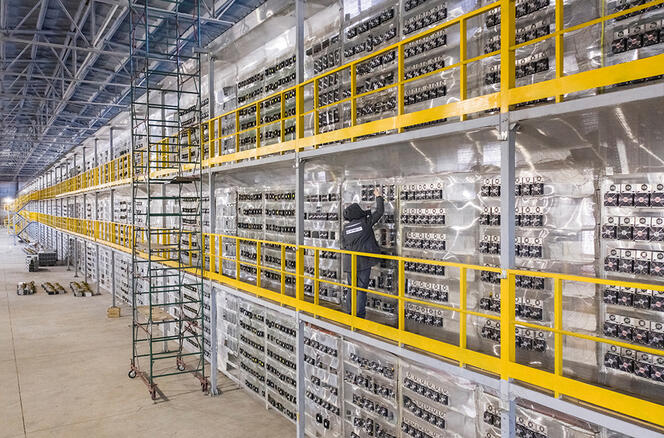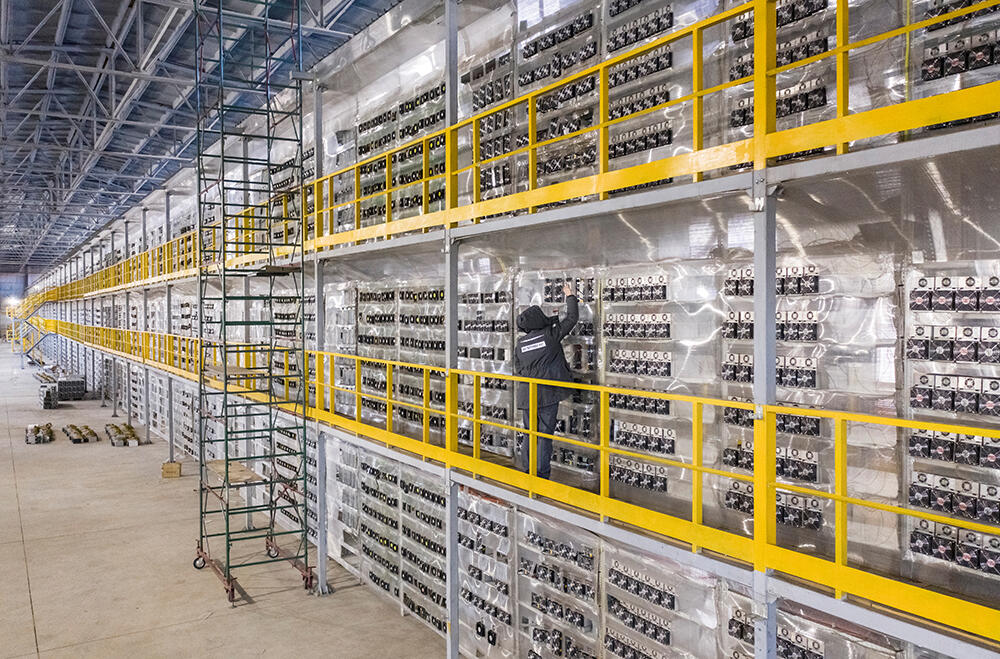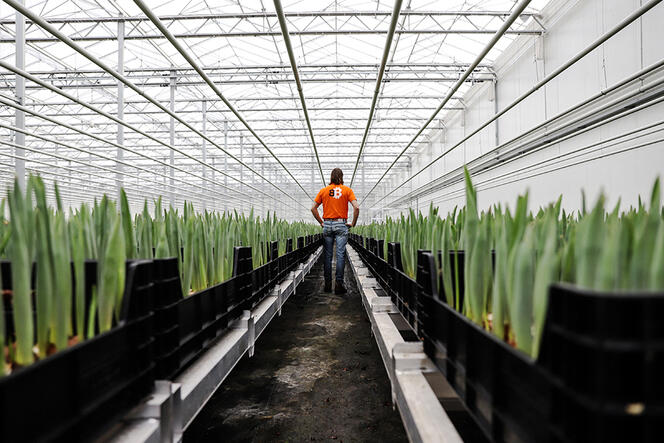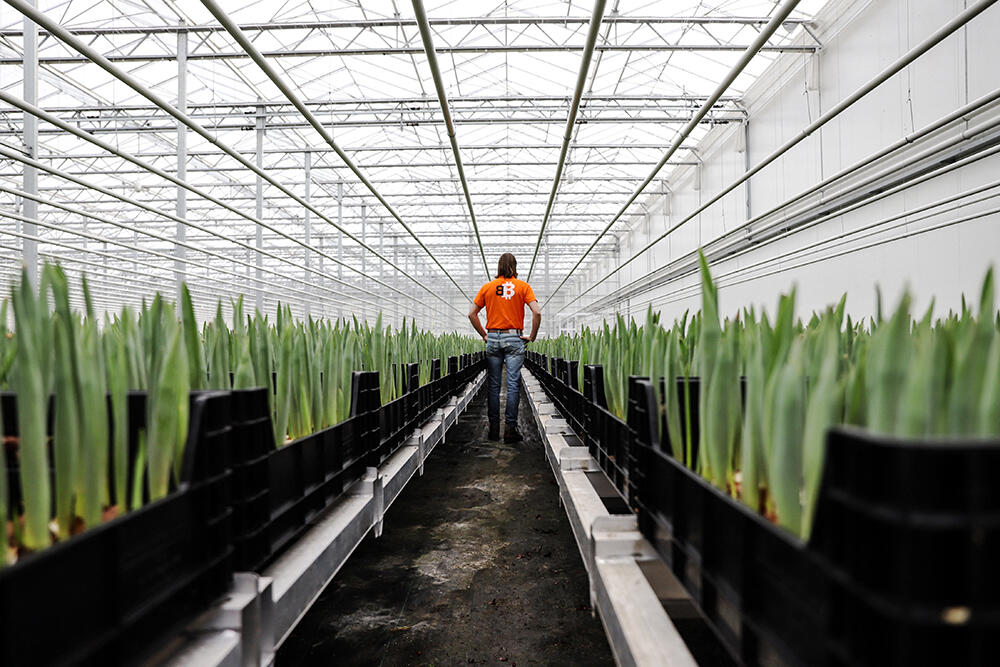You are here
Towards environmentally-friendly cryptoassets?

Bitcoin, the spearhead of cryptocurrencies (also known as cryptoassets), is a network for making peer-to-peer payments via the Internet without involving banks . The undeniable technological and financial success of Bitcoin – which has never been hacked and whose market capitalisation reached 500 billion euros 14 years after its launch in 2009 – is nevertheless tempered by its environmental impact. In fact, the actual design of its validation system uses a particularly energy-intensive protocol.
A highly reliable but not sustainable verification system
Like all cryptoassets, the Bitcoin network is based on a blockchain, in other words a shared and inviolable public ledger that records all transactions between participants. The system’s security, inviolability, and decentralisation are based on the verification/validation of transactions by network members known as “miners”.
Every ten minutes, their machines must solve a computational puzzle, with the first miner to successfully do so permanently adding to the blockchain the transaction block that was just validated, and receiving newly-created bitcoins as a reward. This protocol is referred to as proof of work (PoW), since to be recognised – and rewarded – as the validator of the blockchain, the person must provide proof of the work completed (in this case a computation).
While this procedure has proved its reliability and solidity, it nevertheless has a major flaw: it requires enormous computing power and hence electricity consumption, which has only grown over time. The Cambridge Bitcoin Electricity Consumption Index (link is external) at the University of Cambridge (UK) provides daily assessments of the electricity expenditure needed to operate the Bitcoin network, and estimates that the cryptocurrency gobbles up between 62-230 TWh of electricity each year, the equivalent of 10-40% of France's total electricity consumption (link is external – in French).
Alternatives to mining
To find more sustainable alternatives, it is essential to conceive of new ways for rewarding miners. Ethereum, the second most popular cryptocurrency, is based on a proof of stake (PoS) protocol. In this proof of stake – or participation – a random draw is conducted according to users’ holdings in the cryptocurrency in question. The larger the amount, the better their chances of being selected. “Proof of stake has solved part of the problem, but by chipping away at the principle of decentralisation,” tempers Pascal Lafourcade, a professor at Université Clermont-Auvergne. and a member of the Laboratory of Informatics, Modelling and Optimization of the Systems (Limos).1 “There is also a proof of space concept, in which the users who are rewarded are those that allocate disk space to store a blockchain’s data.”
Lafourcade, an expert in security, with a special focus on connected vehicles and online testing, has co-developed proof of behaviour (link is external), which is based on good behaviour. The Ecomobicoin project, which he directs, aims to establish a system in which the blockchain can be modified by users who give preference to green mobility such as bicycles, public transportation, walking, etc. Proof of concept is currently under development. “Like bitcoin, a cryptocurrency’s success depends on individuals and companies accepting to be paid with it,” Lafourcade acknowledges. “The idea of Ecomobicoin is to imagine a virtuous circle in which people can pay for part of their trips with ecomobicoins they obtained by preferring green forms of mobility. The coins could be diversified across all sorts of applications. For example, I would like to explore the idea of an educoin, where teachers confirm the presence and involvement of students, who are then rewarded.”
Lightening blockchains
Transaction validation protocols are not the only aspects that can be optimised. As the blockchain records new transactions, the shared file in which it is stored continues to get bigger. Today the Bitcoin blockchain is nearly 500 terabytes! Quentin Bramas, a senior lecturer at Université de Strasbourg and a member of the Engineering Science, Computer Science, and Imaging Laboratory (ICube),2 studies distributed algorithms, i.e. algorithms that function on multiple machines networked at the same time, and that must remain synchronised. His research led him to explore swarm robotics – sometimes inspired by the movement of flocks of birds or schools of fish – which seeks to determine the minimal amount of memory needed to solve tasks. This topic prompted him to take an interest in blockchains. “This research connects with the question of consensus, or how decentralised systems are able to agree on each value,” Bramas points out. “These approaches are fairly theoretical, as they are sometimes impossible to implement due to a lack of information.”
Bramas is the coordinator of the Base Bloc (link is external) project,3 which is funded by the French National Research Agency, and seeks to reduce both energy consumption and the space taken up by blockchains. In searching for a more energy-efficient consensus algorithm, he expanded the concept of proof of interaction (link is external), which he codeveloped. In this case, it is the time of message transmission within networks of miners that serves as the criterion for the random draw.
This cannot be taken over by over-equipped users, as has been the case with bitcoin miners, who at one point caused the price of graphics cards to rocket. Proof of interaction requires little computing power, even when the size of the blockchain or the number of users rises sharply.
There are also less algorithmic solutions that aim to better identify what people really need and help them not to give in to fads. “A blockchain can verify what happened in the past, but not all information is necessarily used for that purpose,” Bramas stresses. “We can therefore identify and remove what is superfluous, so that the ledger does not grow infinitely with each trade. Similarly, companies are often interested in blockchains to secure the data shared within a consortium. In this case, they do not actually need a public blockchain, which makes it much easier to conceive sober and efficient algorithms.”
Explore more
Author
A graduate from the School of Journalism in Lille, Martin Koppe has worked for a number of publications including Dossiers d’archéologie, Science et Vie Junior and La Recherche, as well the website Maxisciences.com. He also holds degrees in art history, archaeometry, and epistemology.
















